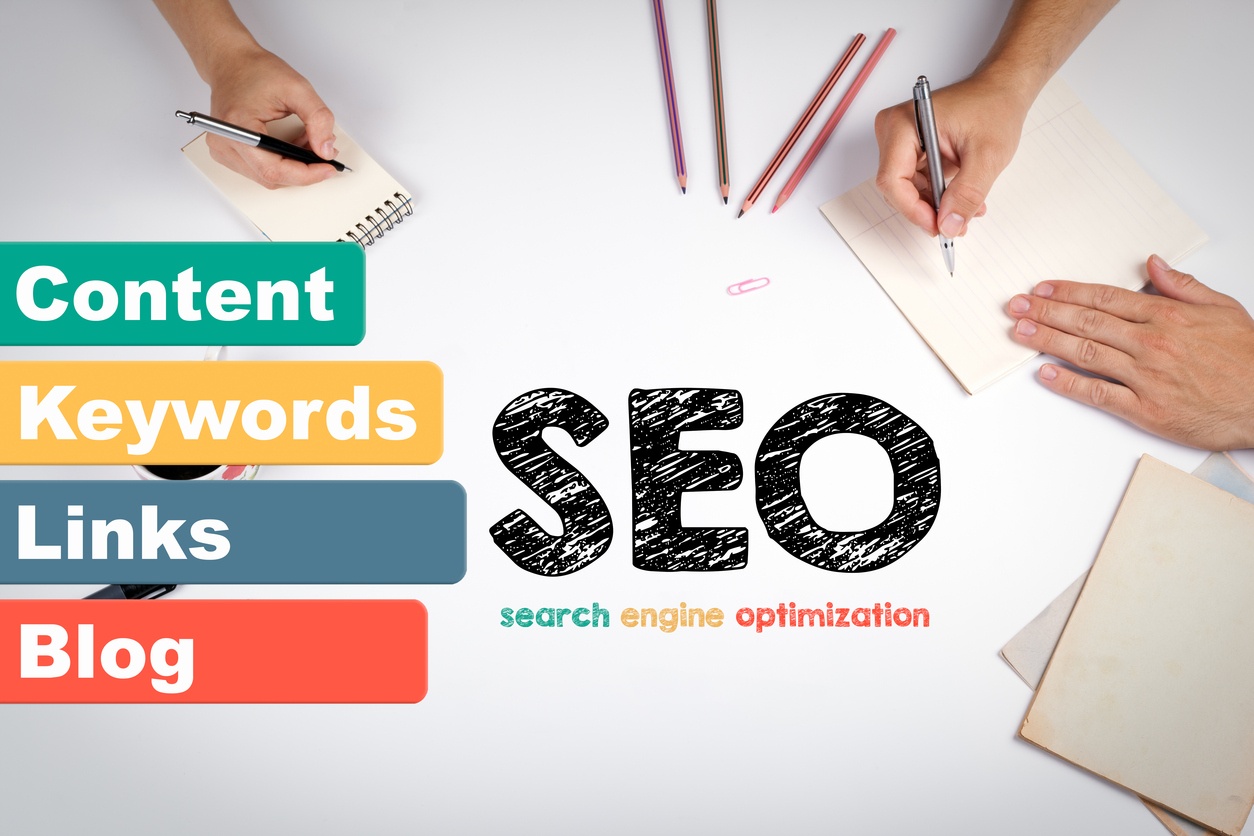Inbound marketing creates opportunities for companies to connect with prospects and customers in a meaningful way. It's typically used by lead-generation sites, and most marketers don't understand how it could possibly apply to e-commerce as well. After all, they're trying to sell products on their sites, not just generate leads. The truth is, inbound marketing is a perfect fit for e-commerce and applying the core inbound methodologies can have a dramatic impact on a company's sales and revenue.
Inbound Methodologies
According to HubSpot, there are four key methodologies involved with inbound marketing. Mastering these strategies is imperative for success in today's digital world. The four phases include: Attract, Convert, Close, Delight. These techniques help attract visitors, and in turn, converts them to leads, customers, and promoters. Each of these can be applied directly to any e-commerce site, once the marketer understands their importance, and how they work.
- Attract - As a marketer, your focus is primarily aimed at driving traffic to your website. But, you also know that not all website traffic is created equally. It is vitally important that you attract the right kinds of people to your site, those who are most likely to become customers. This is generally accomplished via relevant content, delivered to the visitor when and where they want and need it.
- Convert - Once you've attracted visitors to your website, your next mission is to convert those visitors into leads. To do so, you have to invite them to have a conversation with you, in whatever way they prefer. Website chat, private messaging, forms and active social media posting are just a few of the methods for encouraging visitors to talk to you.
- Close - Once you've attracted the right visitors, and converted them into leads, it's all about converting those leads into customers. If you've nurtured your leads, you know what they want, how they want it, and why they want it. You have to be proactive, and continue to provide them with relevant, timely, and useful content aimed at helping them make the purchase decision.
- Delight - How you treat your customers after the sale has as much impact as your efforts leading up to it. Your objective isn't just to get a one-time sale and move on to another potential customer, you really want repeat business and referrals. Stay in touch with them via unique content that helps continue the positive experience they've already had with you.

Applying Inbound Marketing to E-Commerce
Now that you understand the basic methodologies involved with inbound marketing, you might be asking yourself how they apply to e-commerce. There are some very specific actions that should be taken within each of the four areas to encourage visitors, sales, and customer satisfaction.
Attracting Visitors
E-commerce sites need visitors in order to make sales, it's just that simple. But, how do you accomplish this? Build your website with SEO best practices in mind. Your website acts as the foundation for SEO so make sure it's optimized with appropriate keywords and content that visitors are looking for. Your categories, product descriptions and product pages are all perfect opportunities to create relevant, timely content. Don't discount other strategic content creation such as blogs and social media posts.
Converting Visitors into Leads
Usually, websites convert visitors into leads with a form, email newsletter, or other content. E-commerce sites have to profile their visitors in a different manner. Many set-up automated workflows that create new leads based on behavior such as abandoning a shopping cart, making frequent purchases, amount spent per visit and more. They can then target those leads by evaluating their actions, and providing relevant information that will lead them further into the sales funnel.
Converting Leads into Customers
Once a lead has been identified, and the appropriate actions are taken to lure them deeper into the sales funnel, the next step is converting them to paying customers. Geo-targeting, product recommendations, special promotions, and email marketing campaigns are all effective methods. The point is to answer their most burning questions, to provide solutions to their problems and, of course to convince them to make a purchase from you, rather than your competition.
Delight Your Customers Post-Sale
When a lead converts to a sale, it's not the end of the road for a marketer. In fact, it's another opportunity to show them that you're truly interested in their success and happiness. Sending out personalized messages with a call-to-action, reminding customers of their frequent purchases, and offering incentives for repeat buyers are all effective methods. What you're really trying to do is to keep your brand in the forefront of their mind, so they'll return and make more purchases in the future.
Getting the Most Out of Inbound Marketing
You might be asking yourself how on earth can I tell if these e-commerce inbound strategies are actually working, or not? The answer is by measuring data and analyzing it. There are a multitude of methods, including Google Analytics and HubSpot Marketing Analytics. While both are capable of producing reports and filtering data, HubSpot offers a more intuitive, and user-friendly interface.
Using one, or both of these reporting tools, you can track a variety of data points so you can better understand the buyer's journey. HubSpot is an effective tool for evaluating the customer life cycle, beginning with an anonymous visitor, to a qualified lead, to a paying customer, and beyond.
What's more, you can evaluate the effectiveness and reach of your content, and other marketing activities. These points of information can then be analyzed so your content creation and other sales efforts can be adjusted to better suit your customer's behaviors, wants, and needs.
Content truly does rule when it comes to online marketing and e-commerce. You can have the best product ever created, but unless you're getting the word out, no one will ever know. Use SEO best practices to optimize your site, product categories, descriptions and pages. Create unique content that provides answers to your customer's most commonly asked questions. Offer relevant suggestions about products to encourage leads to convert to sales.
Don't let a sale stop you from further developing a relationship with a customer, it's actually the perfect opportunity to get a little closer. Finally, evaluate customer behaviors and other data to determine what you can do to continue to delight them, and turn them into promoters of your brand.
